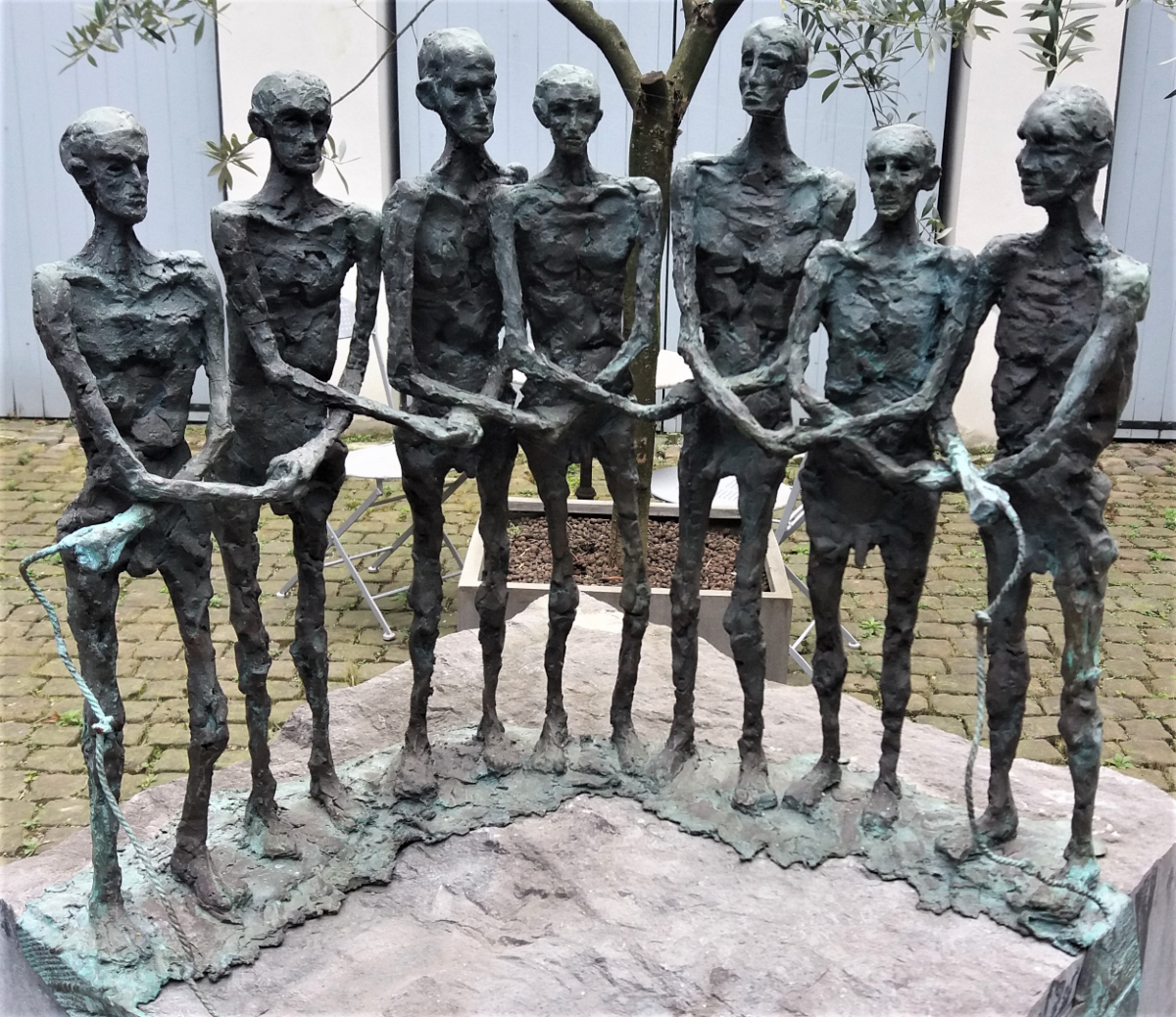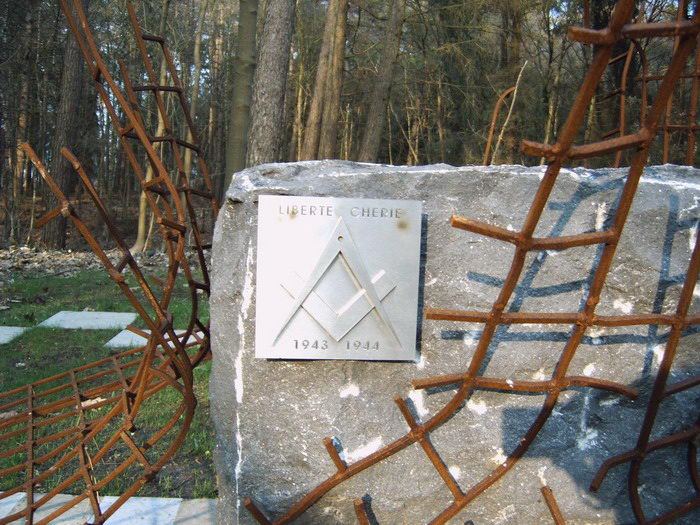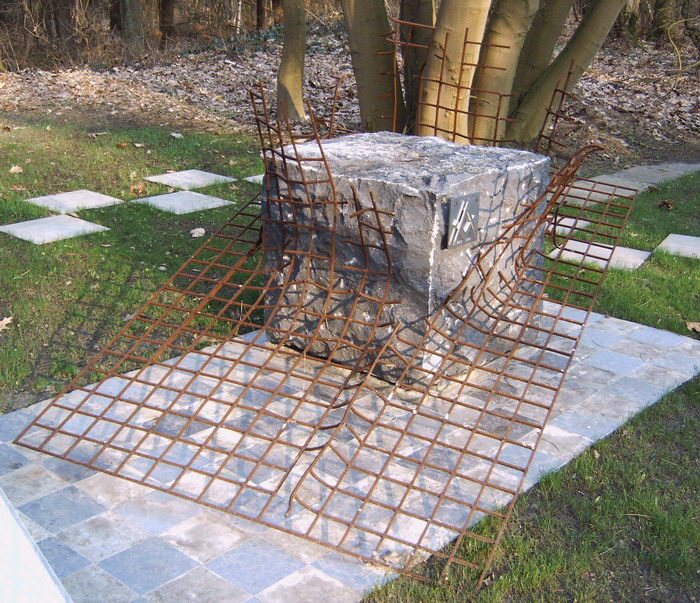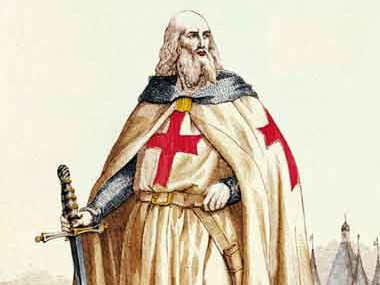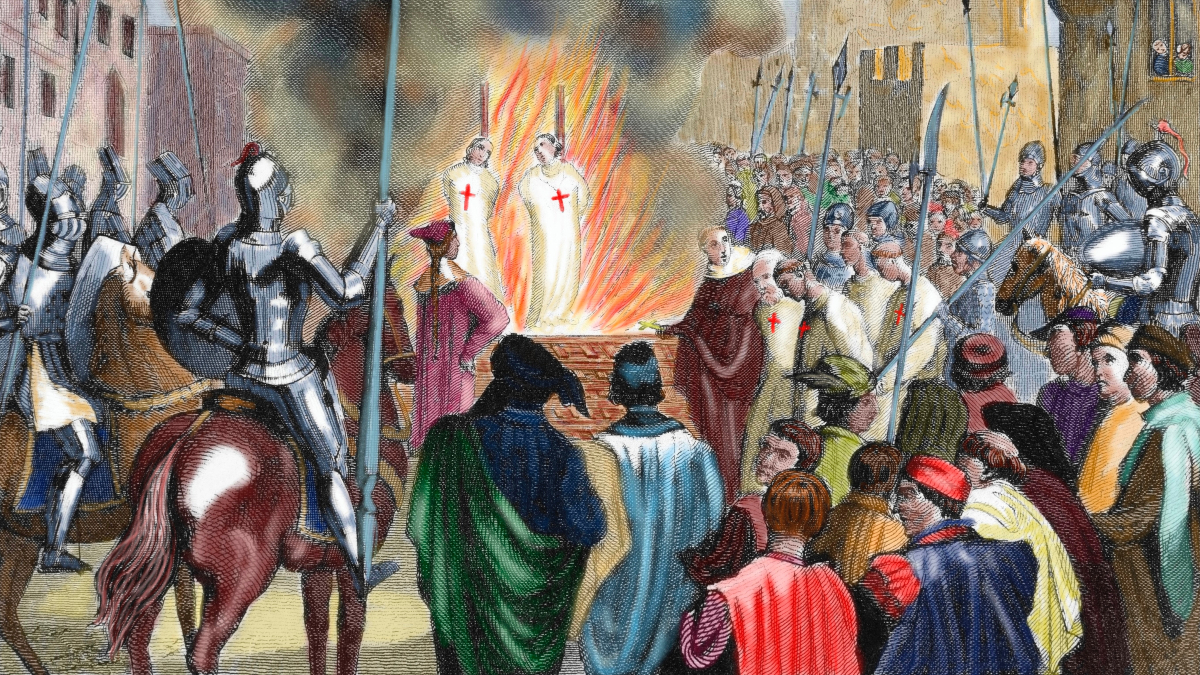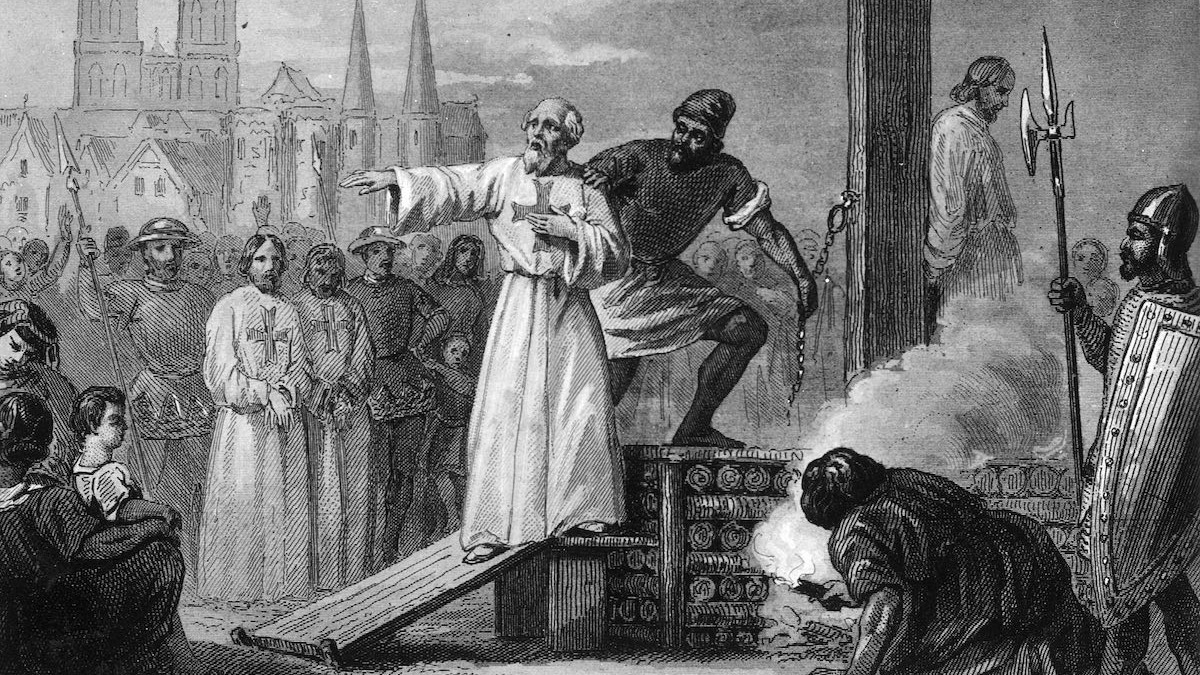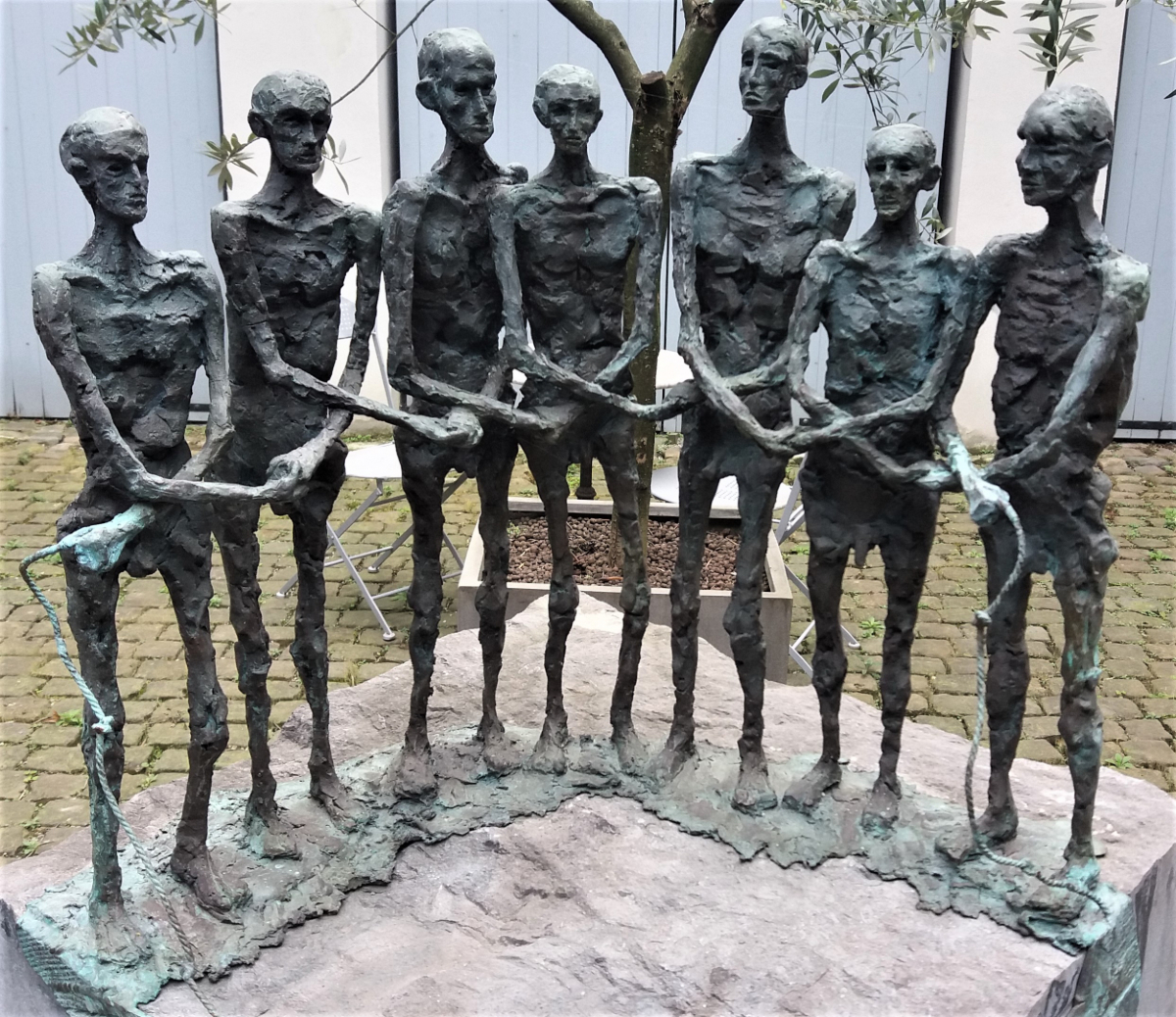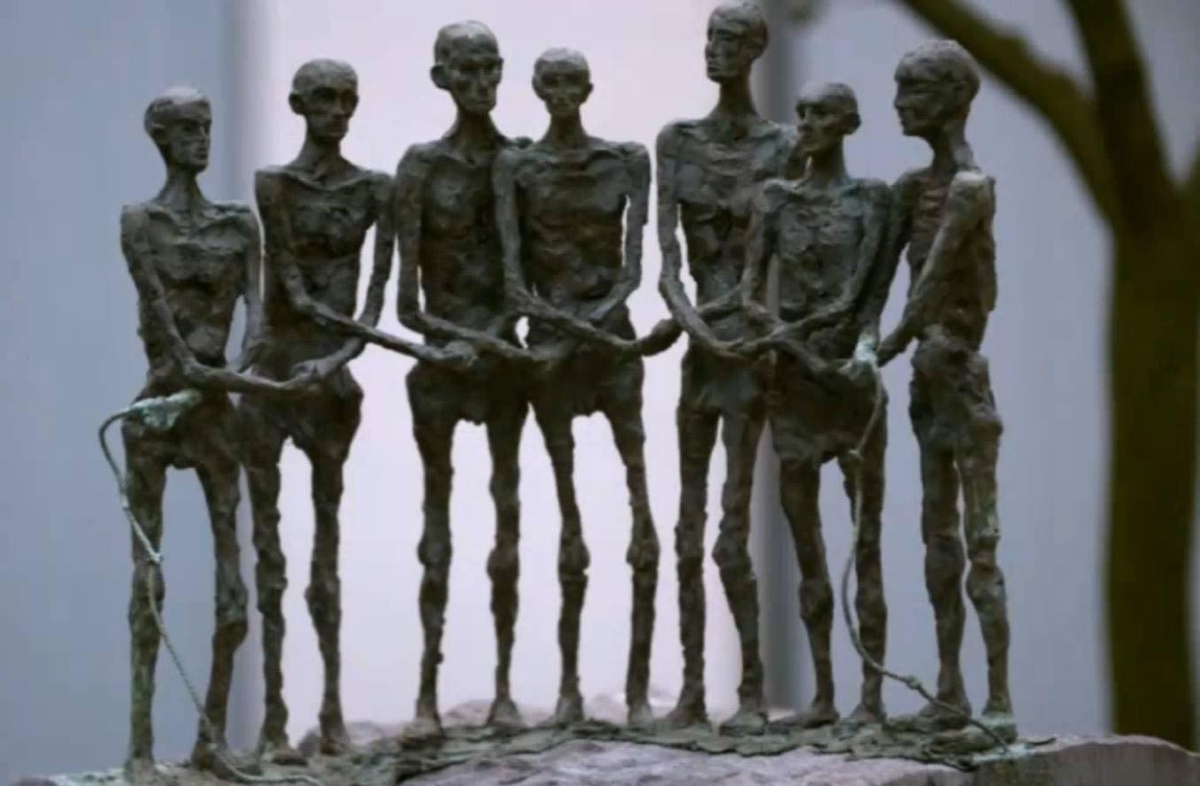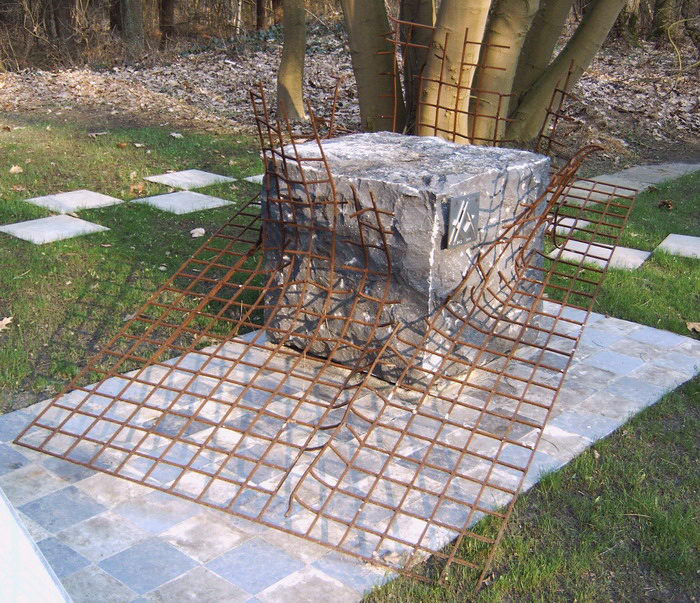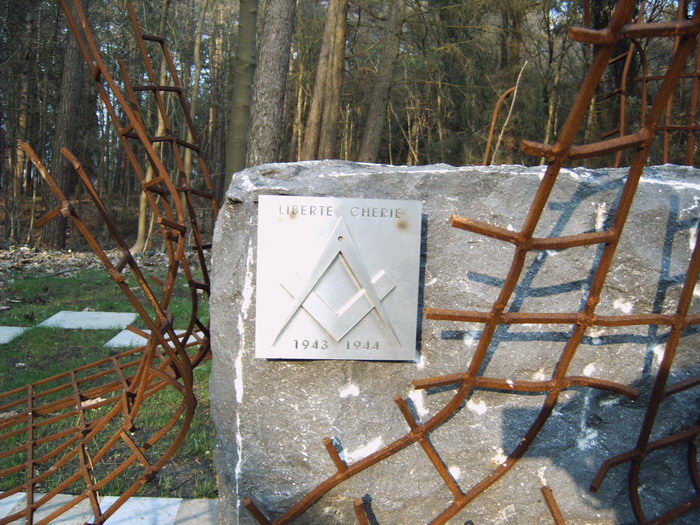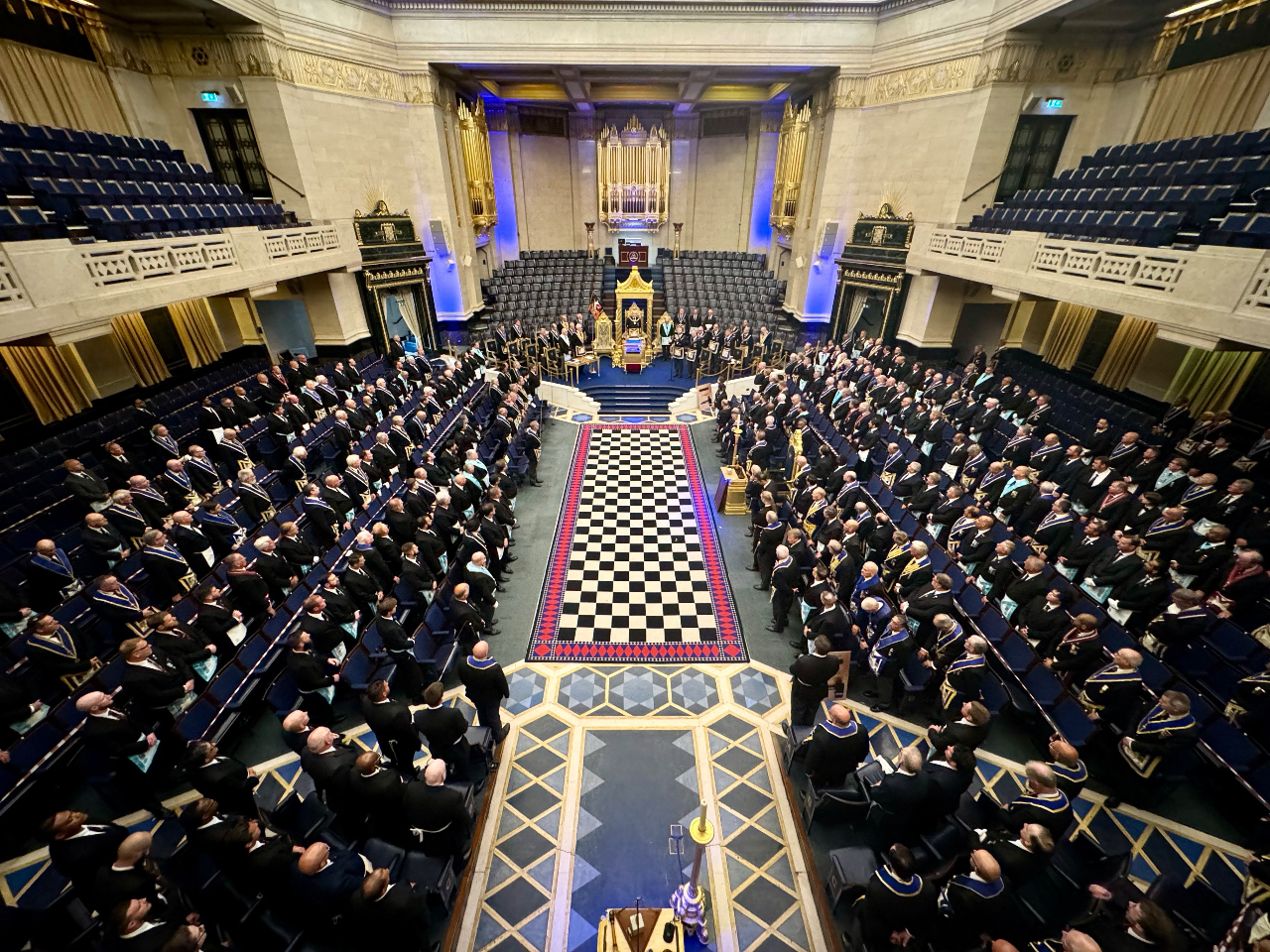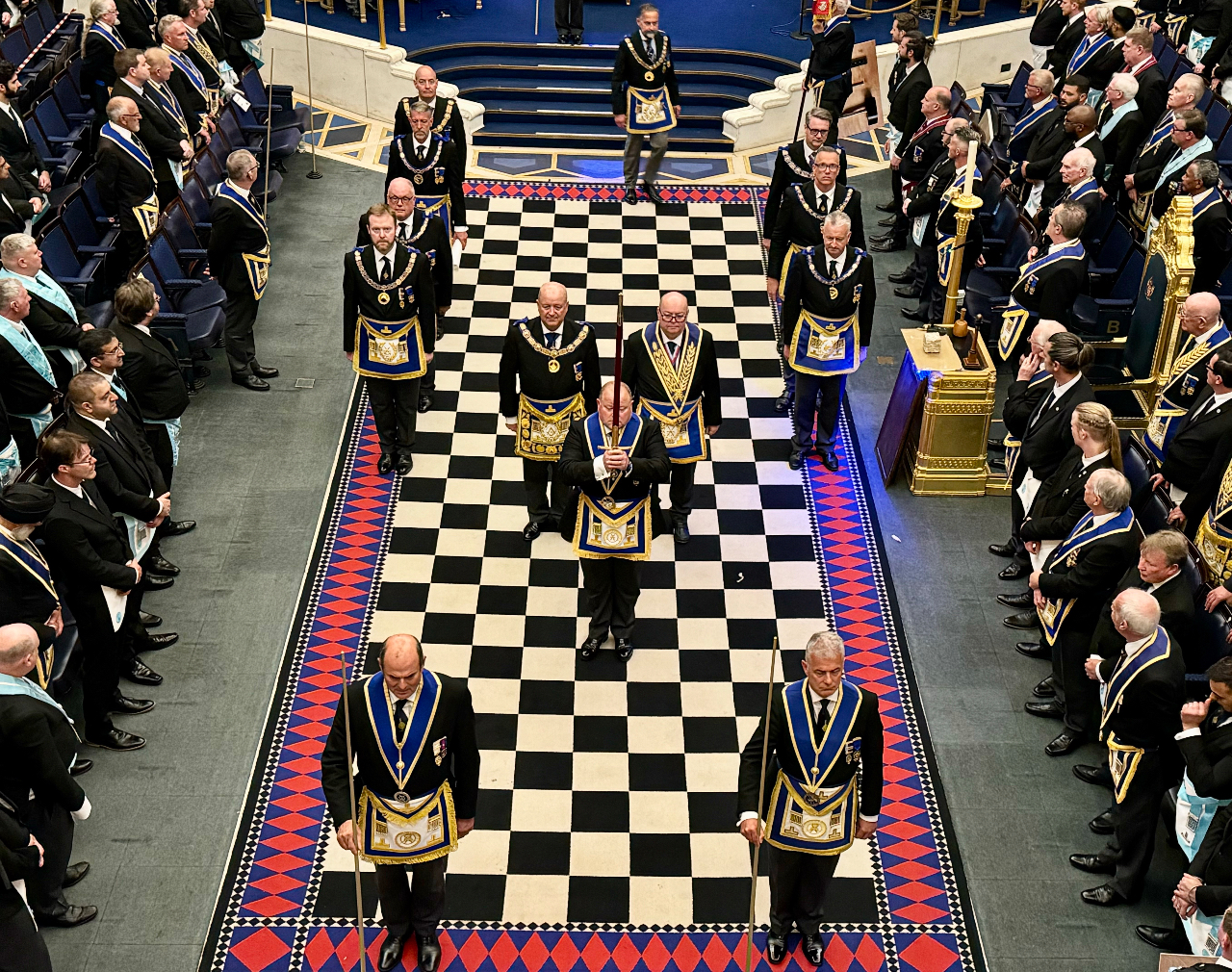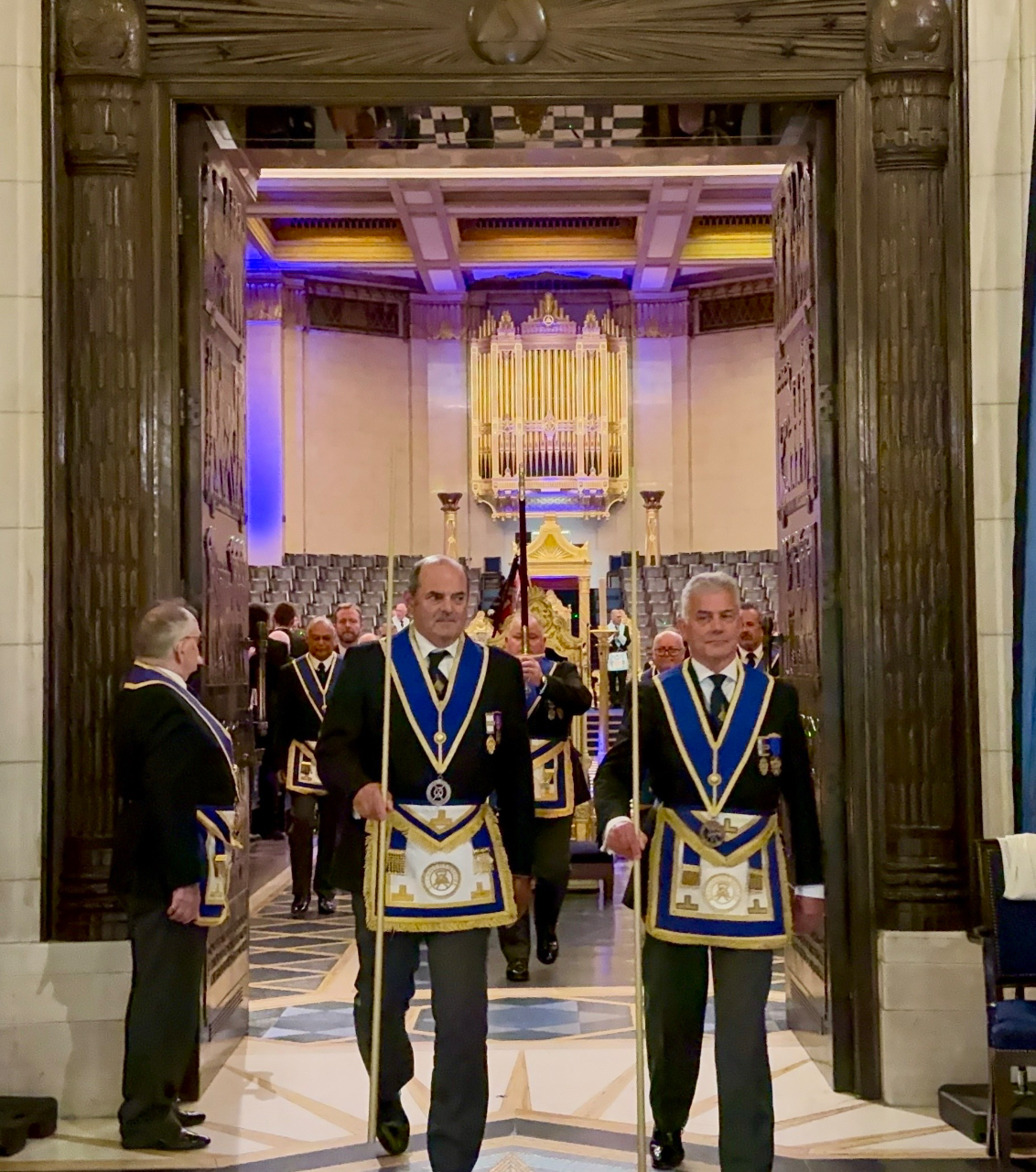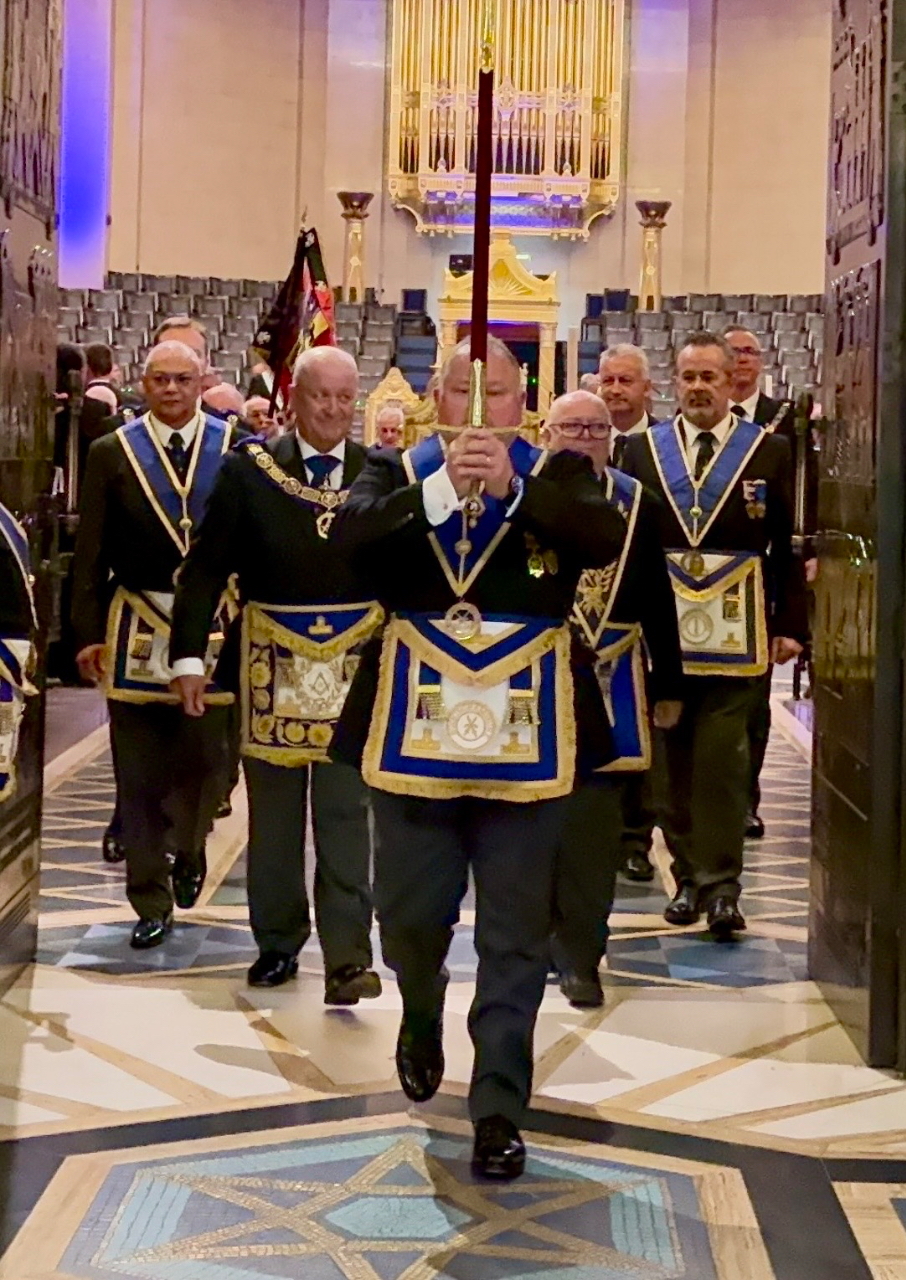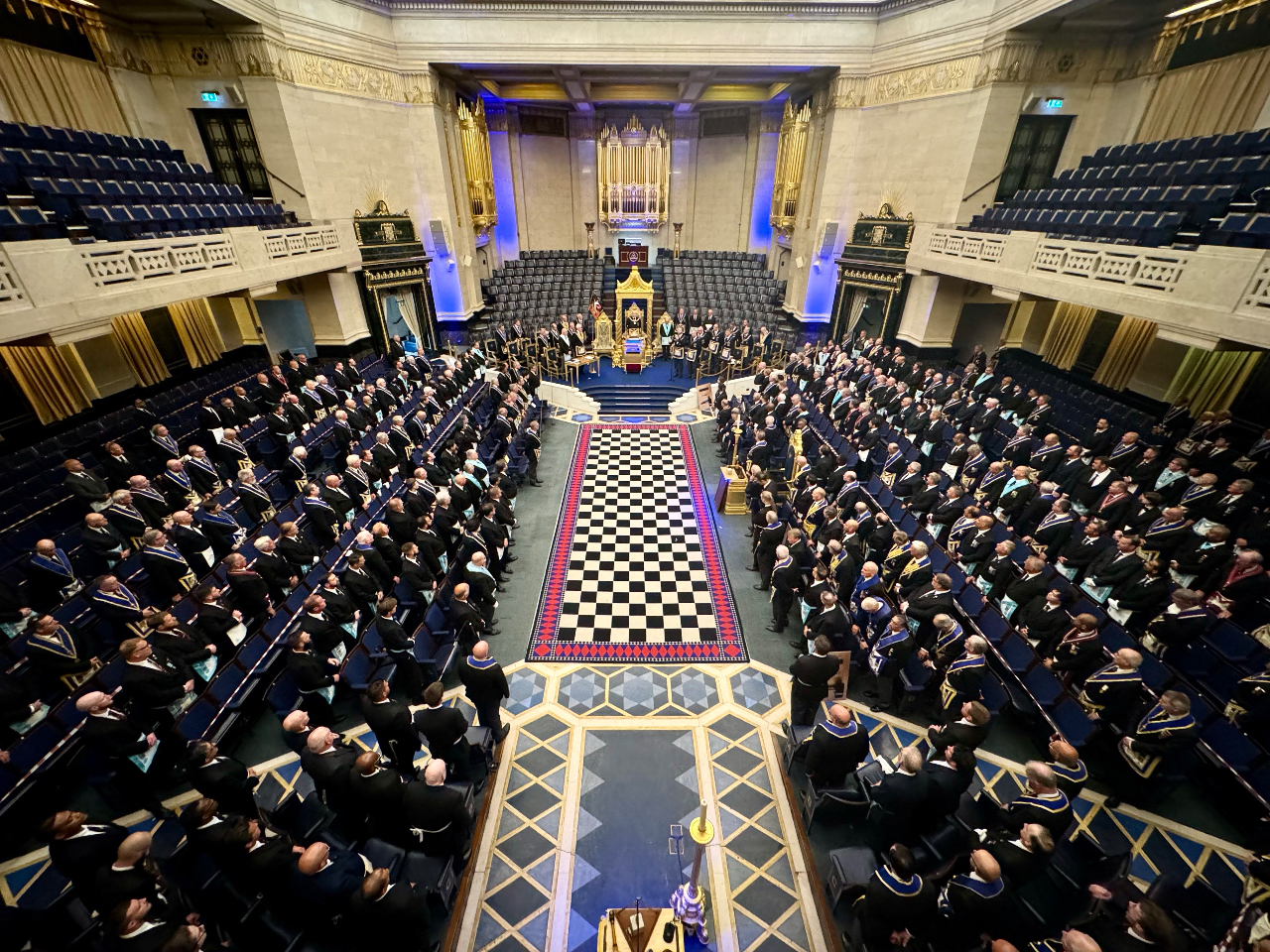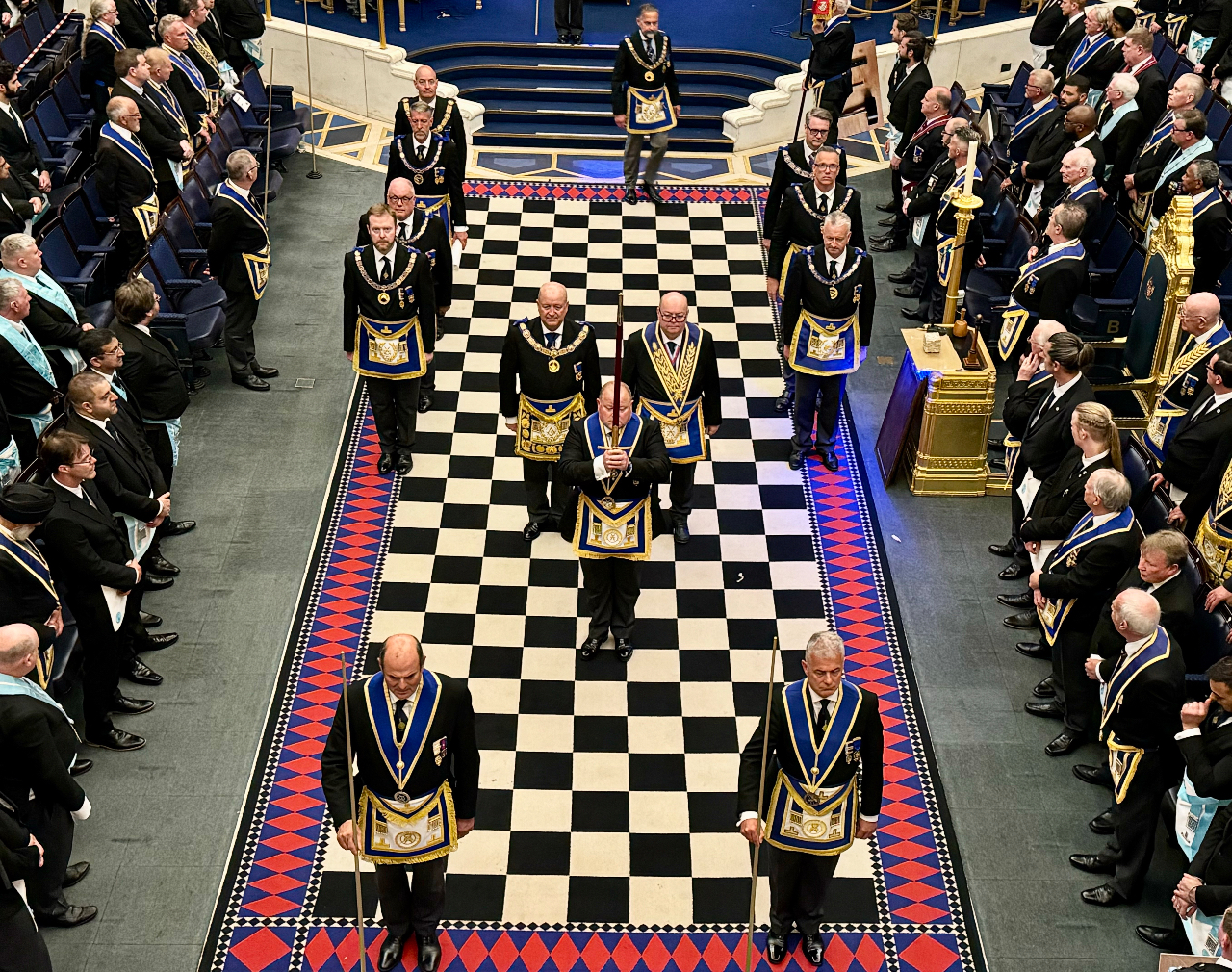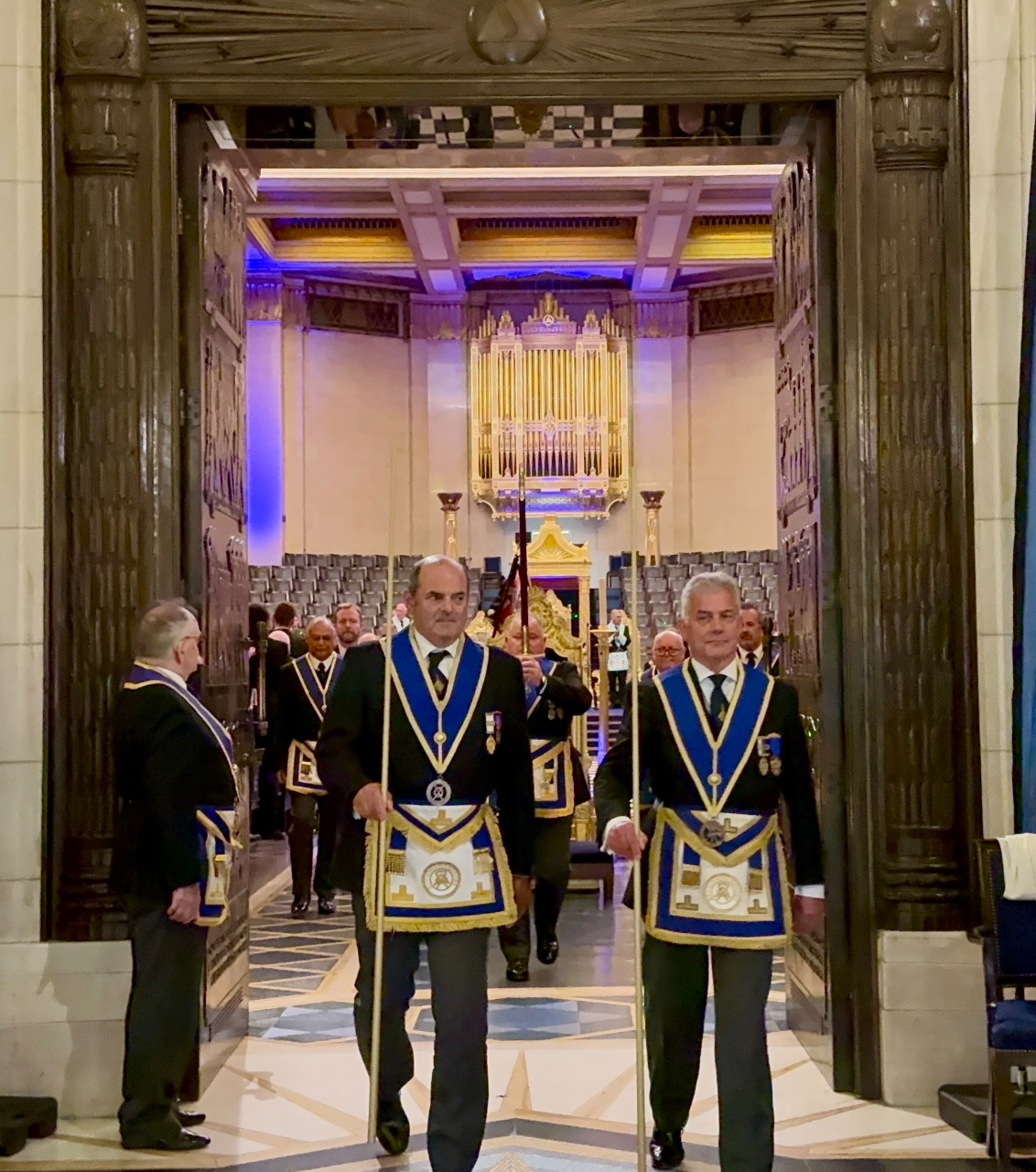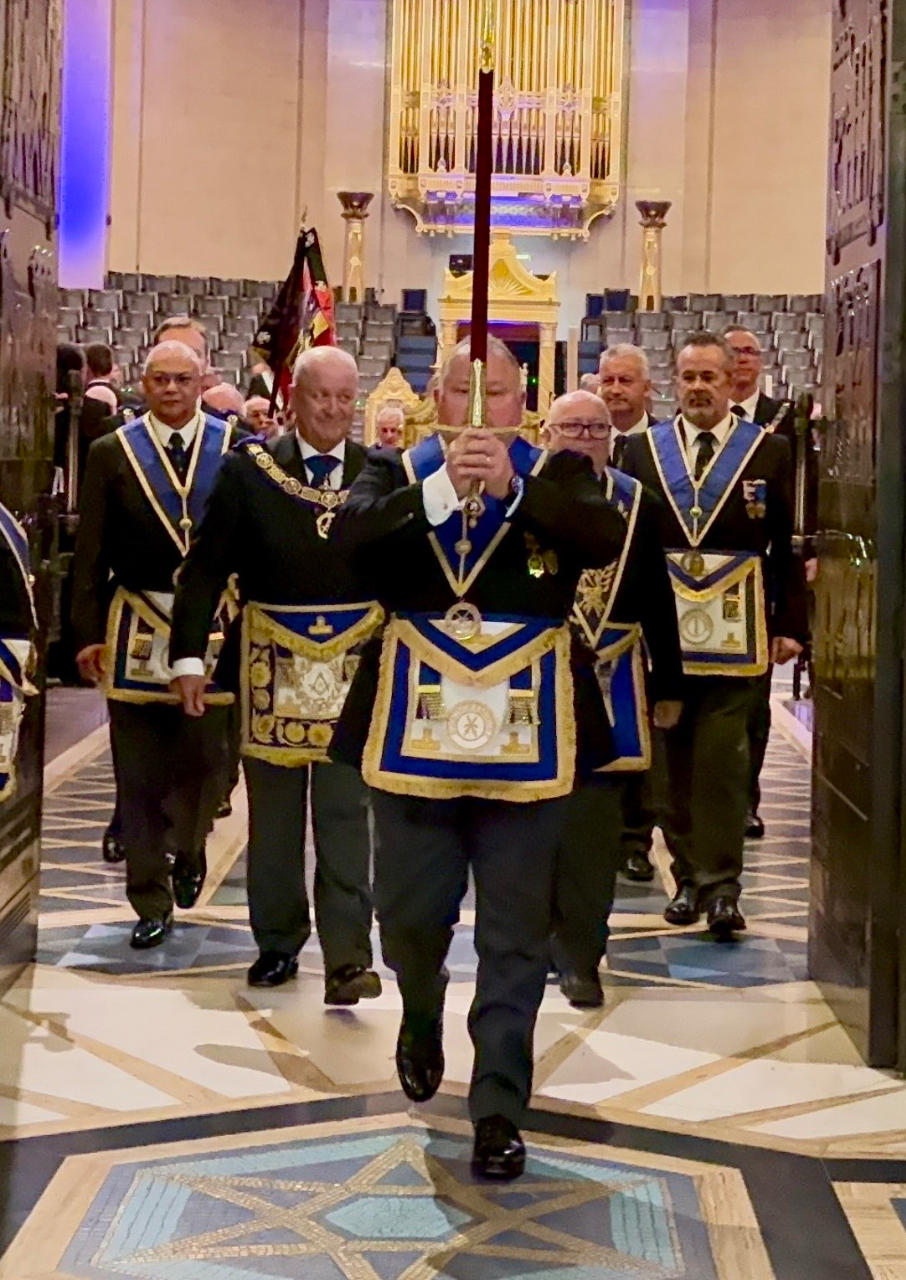November 15th 1943 was the day seven Freemasons created a Masonic lodge while imprisoned in a Nazi concentration camp and in recent times a sculpture commemorating them was unveiled.
Liberté Chérie (French for "Cherished Liberty") was a Masonic Lodge founded in 1943 by Belgian Resistance fighters and other political prisoners at Esterwegen concentration camp. It was one of the few lodges of Freemasons founded within a Nazi concentration camp during the Second World War.
The lodge was created on November 15th, 1943 inside Hut 6 of Emslandlager VII and located in Esterwegen, Lower Saxony, Germany.
Paul Hanson was elected master. The brethren met for lodge work in Hut 6 around a table, which was otherwise used for cartridge sorting. A Catholic priest stood watch, so that the brethren could hold their meetings, and protected their secrecy.
The seven Freemasons who created the lodge were:
Paul Hanson, Luc Somerhausen, Jean Sugg, Franz Rochat, Guy Hannecart, Amédée Miclotte, and Degueldre.
Liberté Chérie (French for "Cherished Liberty") was a Masonic Lodge founded in 1943 by Belgian Resistance fighters and other political prisoners at Esterwegen concentration camp. It was one of the few lodges of Freemasons founded within a Nazi concentration camp during the Second World War.
The lodge was created on November 15th, 1943 inside Hut 6 of Emslandlager VII and located in Esterwegen, Lower Saxony, Germany.
Paul Hanson was elected master. The brethren met for lodge work in Hut 6 around a table, which was otherwise used for cartridge sorting. A Catholic priest stood watch, so that the brethren could hold their meetings, and protected their secrecy.
The seven Freemasons who created the lodge were:
Paul Hanson, Luc Somerhausen, Jean Sugg, Franz Rochat, Guy Hannecart, Amédée Miclotte, and Degueldre.

